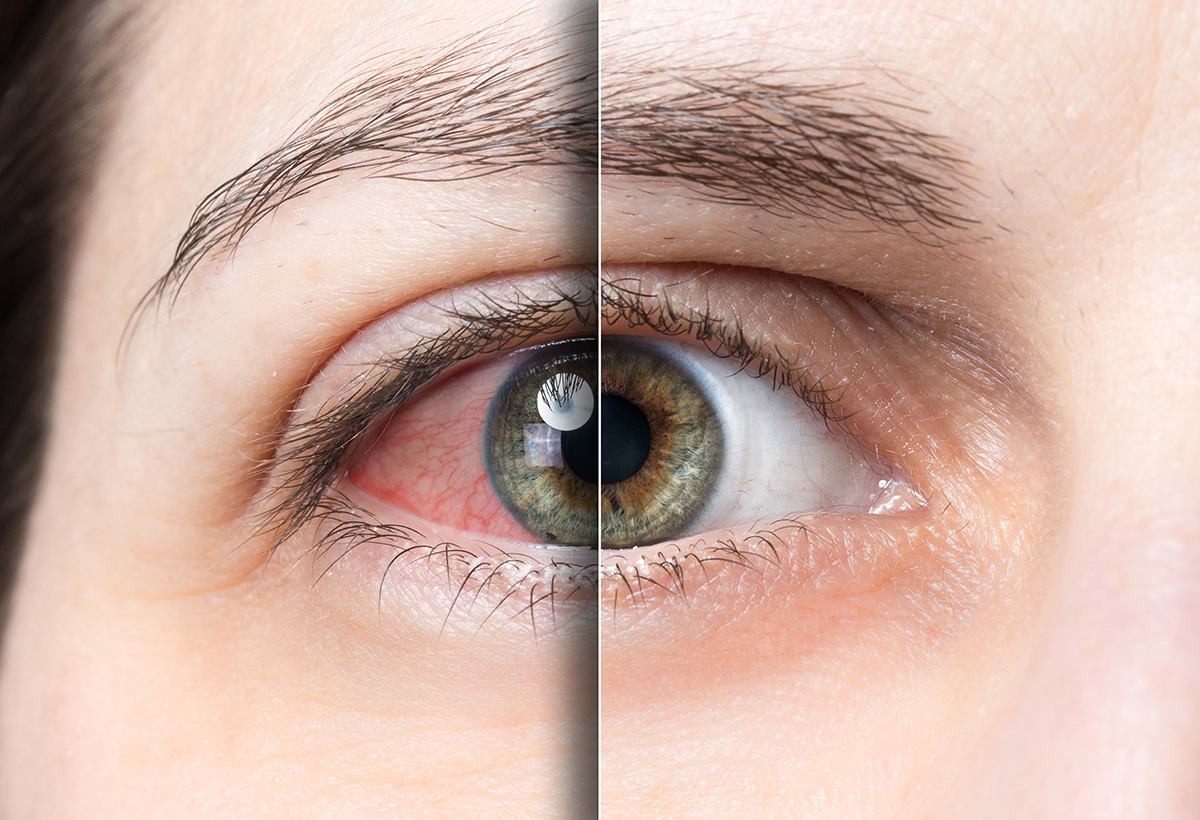
Chronic dry eye disease is also called dry eye syndrome and often causes painful symptoms and vision changes. Our eye doctors at Wiles Eye Center offer dry eye treatment to improve your quality of life and restore a healthy tear film.
Your eyes require a stable tear film to maintain clear, comfortable vision. Your tears contain three layers: The lipid (oil) layer prevents tears from drying up too quickly and maintains a smooth ocular surface. The aqueous (water) layer keeps your eyes moisturized and nourished, while the mucin (mucous) layer sticks the tear film to the eye’s surface. When these layers are out of balance, you can have dry spots on your eyes that lead to burning, tearing and other cumbersome symptoms. An imbalanced tear film is a common cause of dry eye disease, but decreased tear production can also be a culprit.
Meibomian gland dysfunction is one of the most common reasons for dry eyes and happens when the meibomian glands that line the inside of the eyelids get blocked, preventing oil secretion and causing fast tear evaporation. Regardless of the cause, chronic dry eyes can cause vision impairment, including:
1. Light Sensitivity (Photophobia)
Dry eye disease and migraines are the two most common causes of photophobia. Aggressive treatment with eye drops, ointments, punctal plugs and other options can ease the painful light sensitivity caused by chronic dry eyes. Researchers don’t know why dry eyes cause photophobia, but the theory is that the abnormal tear film causes light to scatter when it enters the cornea. Another idea is that the inflammation related to dry eyes makes the rapid contraction of the pupil painful when you look at bright lights.
2. Blurry Vision
Blurred vision from dry eye disease is made worse by screen use. The light-scattering caused by poor tear film leads to unclear images, but this is often addressed by blinking. However, people with severely dry eyes can develop a corneal ulcer or inflammation of the cornea that causes constant blurry vision despite blinking the eyelids.
3. Difficulty Seeing at Night
The decreased lubrication on the eyes creates glare from streetlamps, headlights and any lighting in a dim area. Seeing at night can be the most difficult because the pupil is dilated in low lighting, and many people have drier eyes after using them all day for computer work. When you look at these lights, pupil contraction can make seeing and driving at night difficult.
Dry Eye Treatment
Chronic dry eyes can be treated with prescription eye drops and artificial tears. Punctal plugs may be used to prevent tear drainage and keep the tear film on the eye’s surface. Our eye doctors also offer intense pulsed light (IPL) therapy to slow tear evaporation and the LipiFlow thermal pulsation system to address meibomian gland dysfunction.
You don’t have to live with painful, uncomfortable dry eyes. Contact Wiles Eye Center to schedule your eye exam and discuss your dry eye treatment options in Kansas City and St. Joseph, Missouri.

Comments are closed here.